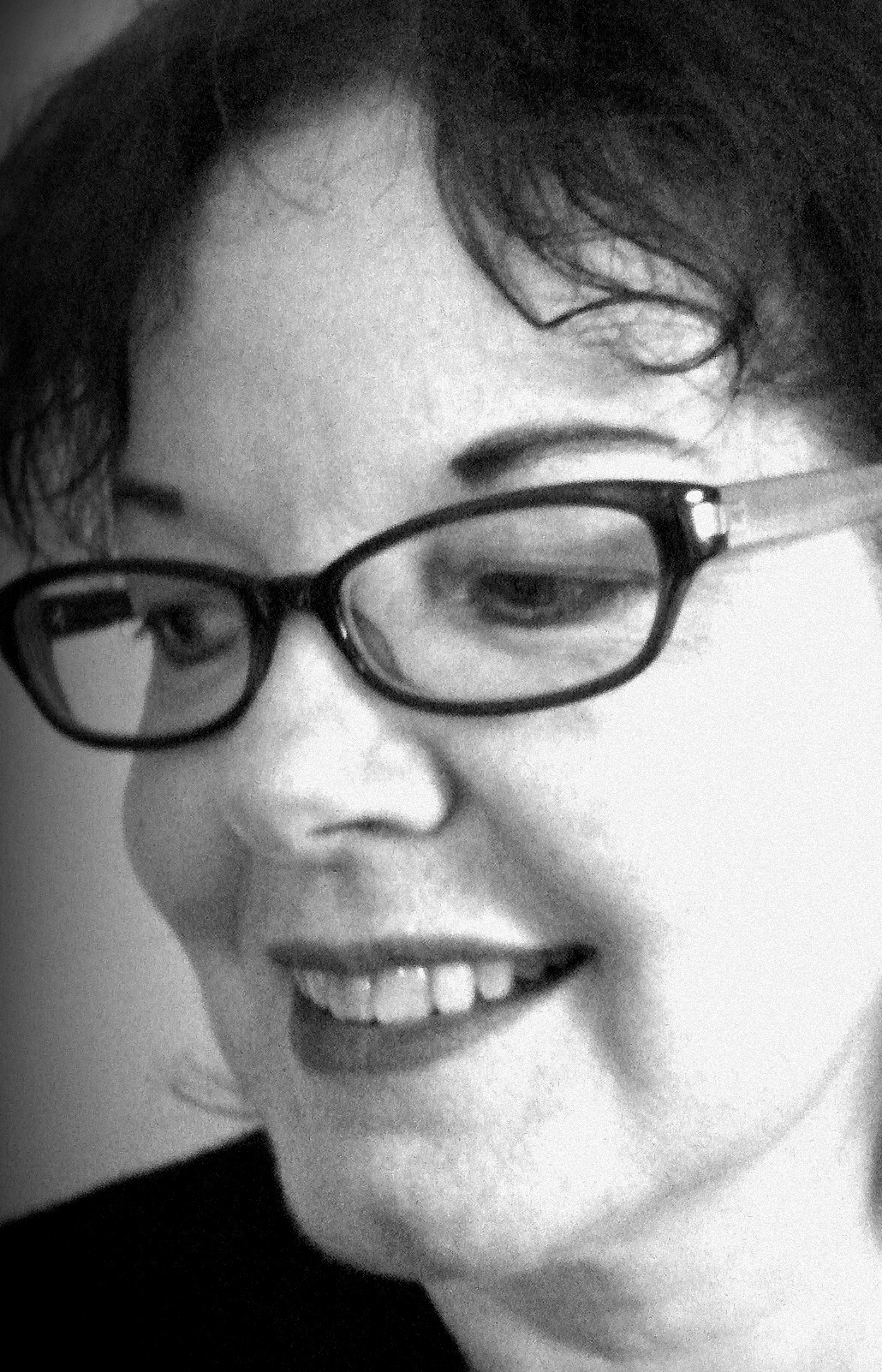It’s International Day for People with Disability. So I thought I’d post a revised version of a piece originally published in the Age newspaper on May 7th 2005.
This piece reflects on issues to do with social value, work and ‘job capacity’; and on the increasing incidence of medical disability, and why it should concern all of us.
*
When the Federal Government sharply tightened eligibility for the Australian Disability Pension in 2005, the spin-doctoring of these changes was streamlined and tailored for different audiences.
For advocacy groups and people with disabilities, it was presented as an opportunity, with claims that this was a beneficial shift in emphasis from a focus on disability to a focus on capabilities.
For the general electorate, a familiar strategy was used, one that had been well-honed on asylum seekers.
Vilify, sow distrust, create myths, question the genuineness of their need, play on the desire of stressed and busy people to be relaxed and comfortable, and then tell them they have no moral obligation to these others, that it is right to withdraw support.
The pension, we are told, is too easy to get and too generous. As a result too many people are choosing it as a way of getting early retirement and a bludgey life.
This is the preferred explanation for the rise in figures over the past fifteen years; more convenient and more palatable than the other possibility, which is that serious disability and chronic illness might actually be increasing.
*
So who are these people on disability pensions? From recent reports and discussions you’d be forgiven for imagining that mostly these days it’s people able to work 30 hours, but who just prefer to stay home and watch television.
Well, let’s see: there are people with cystic fibrosis, who have to be careful of any infections that could permanently damage their lungs; people experiencing chronic pain, often from work-related injuries; people with severe epilepsy; those with congenital or accident-acquired brain damage; ones with intellectually disabilities; those with shattered nerves and debilitating psychological problems such as chronic depression or schizophrenia; the chronically fatigued whose lives are decimated at every level; the chemically sensitive (for whom even new carpets at work or a co-worker who wears perfume can spell disaster); people with quadriplegia, who also are subject to a range of other health problems such as increased infections; and so on.
We are the ones with bewilderingly high-maintenance bodies and lives, often living on a knife edge between balance and collapse: of the next illness or infection, the next bout of unbearable pain, the next frightening episode or psychological disturbance; the next recurrence of a problem that can never be cured, can only ever be managed.
Indeed we are the ones the medical system generally doesn’t know what to do with, geared as it is towards high-tech, cure-oriented, acute care. The very resistance of our problems is an affront to our culture’s cherished beliefs in progress and science.
We are the canaries in the coalmine — warning of the accumulated effects of millions of tons of chemicals, most of them untested, and few tested in combination or for long periods; the shell-shocked and the casualties of a fast-paced, speeded up, quick fix, high-pressure culture. And we are the unwanted side effects of medical technology that can prolong life, but not necessarily assure that it will be good quality.
For contrary to what the government suggests, the main areas of increase in the figures over the past ten years are not the ‘bad backs/early retirement’ guys. Apart from the increase in women over 55 due to changes to alternative pension schemes, the strongest growth has been in the areas of severe and profound disability, and in new chronic and untreatable illnesses. There has also been an increase in the number of young men, possibly due to higher rates of survival from motor vehicle and other accidents.
The other reason suggested for the growth has been higher productivity demands from employers. In the past someone with a disability may have been able to mask their difficulties or be accommodated. These days that’s a lot less likely.
This is a culture that likes things black and white, whereas increasing numbers of us now inhabit that grey area between collapse and full ability; often swinging back and forth between these on a daily, weekly, or annual basis.
As such, one of the truly life-saving benefits of the pension –- which has a strict income test but (previously) a fairly loose cut-off in terms of hours — is that it supports long-term rehabilitation back into paid work via a job, through the development of a suitable home business, or at least into some kind of community involvement.
Ironically, while the government claimed that its aim was to encourage greater workforce participation and mutual obligation, it was those who do work, or want to work (but who cannot work full-time) who were likely to be most penalised by the changes.
For it is precisely those who have persevered and managed their disabilities to the point where they can work between 15 to 30 hours per week, and who have struggled to find and keep jobs flexible enough to accommodate their fluctuating or special needs, who suddenly found their gross income cut by as much as a half when they were shifted onto Newstart. In fact many may have to give up their jobs, as they became unable to afford the travel and auxiliary expenses of keeping them.
As an unemployment benefit designed for people capable of full employment (and to encourage full-time employment) Newstart is calculated only as a subsistence allowance for temporary circumstances. It does not take into account long-term life expenses, nor the extra and unavoidable costs of living with a disability, and it certainly doesn’t allow for any of the costs of trying to improve one’s health.
Not that the pension allows for this either (the maximum single rate in 2005 was $235 per week). Indeed financial survival for people with long-term disabilities can be a constant, stressful and often frightening battle.
But with the previous pension arrangements [which allowed for up to 30 hours of work per week, with a financial means test] there was at least a sense of entitlement: for the chronically ill, a feeling of respite or sanctuary; for all of us, a small precious measure of independence.
Under Newstart, however, not only will this income be shaved back by about ten percent, but people with disabilities will be kept busy with job diaries, interviews, forms to fill in, medical assessments – constant reminders that you live (and only barely) on the good graces of the employed. A slow but sure tightening of bureaucratic controls on people unable to free themselves from this control.
Indeed with the new system it is likely that rather than doctors and specialists — who understand the complex diversity of conditions, and know our individual histories – it will be a Centrelink officer, with a few days extra training about the most obvious aspects of the most common disabilities, who will be making the judgements not just about our abilities, but also about what is best for us.
*
The Government’s rhetoric holds out a seductive promise – fulfillment and economic security through having a job; an acknowledged social role via a pay packet instead of a welfare cheque; and freedom from the shame and guilt so many of us feel, even if we don’t talk about it much these days. But this is a promise that is unlikely to be kept for the vast majority.
And despite the talk about focussing on capabilities, within the new system it is the capacity to earn money, the very thing that most people with disabilities find most difficult for a range of reasons, that is being reinforced as the only ability that matters.
This is not about reducing disability, or the impact of disabilities (the life costs), but about reducing the financial costs of this to taxpayers and governments.
And it’s not about increasing the social contribution (mutual obligations) of people with disabilities, but about conscripting them into the reserve workforce to keep competition for jobs strong. They may never get jobs, but as a layer of desperate people they help keep it a buyers market as far as employment conditions go.
At present there is such a low investment in rehabilitation support and training for people with disabilities that it’s often a well-kept secret just to keep demand manageable. It’s also interesting to note that despite their recent rhetoric, the number of people with a disability employed in the public sector has actually decreased by about thirty percent over the period of the Howard government prior to the changes (from 5.6 to 3.8 per cent in 2005).
There also seemed no interest in exploring ways of assisting those committed to healing or improving their conditions by making a range of well-documented therapies and self-help techniques more affordable and accessible.
And the government did not, to my knowledge, once raise the issue of prevention.
*
Part of our maturity – our responsibility in life – as individuals, families, communities and governments – is to make decisions about what we value, what we think is important, and what directions we want to move in. Economic rationalism – the driving force behind these changes to disability policy — hands those decisions over to ‘market forces’. While capitalism as the new religion makes the work ethic the only one that matters.
In 2005, only nine percent of people with disabilities had paid work, a figure that certainly needing improving. But to this you would also need to add those who are studying (both formally and informally), the ones parenting under difficult circumstances or caring for another family member or neighbour, as well as those engaged in part-time unpaid community service or cultural production.
There are so many vital ways everyone contributes to the world (for good or ill) every day outside of having a job. And for a healthy future it is crucial that attracting money not be the only measure of social value for any of us, especially with so many currently profitable jobs involved in ecologically damaging and unsustainable pursuits.
Time management books, too, are always warning us against valuing busy-ness over achievement and effectiveness, and about the need to stand back and get the big picture: to work smarter, not harder or longer.
For many of us, our abilities and disabilities are all tied up together. Being forced to lie on your back for long periods, for instance, can give a very different perspective on the world than being nose down, bum in the air. Certainly many of us have knowledge, skills and strengths because we are living with disabilities, not just despite this. But forcing us into even more poverty in low-paid unskilled jobs, and subjecting us to endless bureaucratic rituals to keep us busy is hardly the best way to utilise these.
Perhaps the real concern of the government is that Australians in general are becoming disillusioned with jobs as a means of life-fulfillment, especially as they are being asked to work longer and longer hours to maintain their place in the system and give their kids what they see as the necessities of life. And are doing this in a world where, no matter how hard they work, new technology, an injury or a major illness could lose them their place on the social ladder overnight.
While the underlying assumption fuelling the changes is that the economy must continue to grow at all costs, maybe the real problem is too many people in too many meaningless, unsatisfying and destructive jobs — so that from a secure safe distance, the idea of a life on the pension starts to seem something worth envying.
In the last decades of the 20th century, no Australian politician would have dared touch the pensions of people with disabilities. And no one would envy disability pensioners.
What’s happened to Australian society for this to change so radically in so short a time?
It seems even the most satisfying jobs have become unbearable for many because of the stress and overtime and working conditions. We are busier and busier, but to what end?
*
As a culture we are good at emergency care, and emergency caring. A person with cancer or who experiences an acute trauma such as car accident is given every assistance possible, with few monetary caps. Likewise Australians opened their hearts and pockets in the immediate aftermath of the 2004 Tsunami and the Black Friday Bushfires.
But long term compassion and a commitment to supporting people with complex and difficult problems is harder to sustain, and as such is always an easy target for cost cutting.
One of the strategies used by the Howard government to convince people with jobs to support these policies was to suggest that their tax breaks were dependent on cutting the costs of welfare. And that their current lifestyle will be threatened unless we can reduce this burden.
Fear and favours. Divide and rule.
It has been shown that bullying in classrooms affects not just the students being bullied, but that every child in that room is scarred by it in some way.
If we allow the most vulnerable groups in society to be bullied into working beyond their capacity and to the detriment of their other roles and obligations in life, with many pushed to their limits so that they completely break down or suicide, all of us will lose. Over time all of us will be working harder and harder, for less satisfaction, with less control over our working conditions, to the increased detriment to our lives outside of our jobs, and with no time to think about or argue for the things that really matter in taking us forward into the 21st century.
Job-capacity is not, and should not be the measure of a person. If it is, we are in deep trouble.
The things we need most, I would argue, are things that are not necessarily tied to job-capacity: things such as wisdom, resourcefulness, connectedness (with each other and with the earth); the ability and the initiative to make good decisions; the desire and willingness to turn our efforts towards things that need doing; and our capacity for empathy, compassion, and kindness. The inability to value these and make room for them in our culture would in my mind be the greatest disability of all.
***
To cite the original version of this essay:
Beth Spencer, ‘A Life Less Lived’, The Age, Spectrum, Saturday May 7th 2005.
Also see:
ACOSS Ten Myths & Facts about the Disability Pension (original pdf for sale here http://search.informit.com.au/documentSummary;dn=939218642178467;res=IELHSS; or a [free] summary of it here http://www.onlineopinion.com.au/view.asp?article=3030 )
*







![[The Party of Life, cover]](http://bethspencer.com/blog/wp-content/uploads/2012/11/sm-edged-front-cover-Party-of-life-227x300.jpg)

